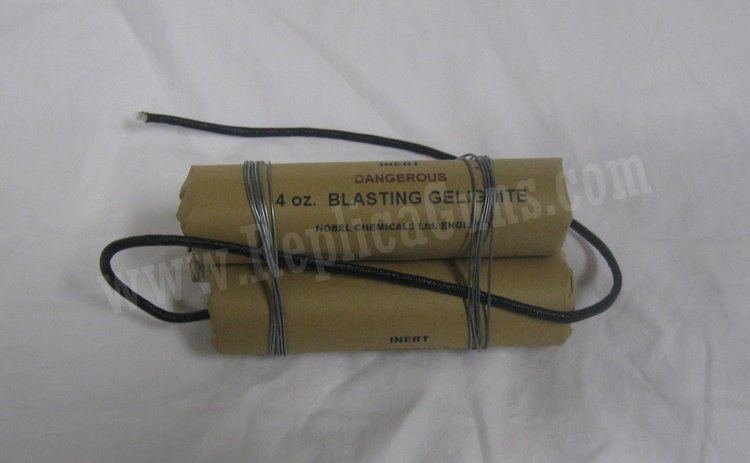People in fishing towns are using dynamite to catch fish, a practice known as “blast fishing.” This practice is illegal in most parts of the world, including Sri Lanka. However, there has been an uptick in this practice in Sri Lanka’s waters, which is devastating local communities and destroying marine life.

People throw small explosives like gelignite, which consists of nitroglycerine and nitrocellulose gel in a wood pulp stick, or water-gel sticks, into the water and wait for the dead fish to rise to the surface, where they can be captured with nets.
When dynamite is detonated underwater, it creates a shockwave that kills fish and other marine life within a 100-meter radius. The shockwave also damages coral reefs and other marine habitats. This can have a devastating impact on local fishing communities, as they rely on these resources for their livelihoods.

This method’s appeal lies in its simplicity and ease given that it only requires two or three people as opposed to the 25 or so needed for a proper fishing crew.
In addition to the environmental damage, blast fishing is also dangerous to human health. The detonation of dynamite can release toxic chemicals into the water, which can pose a risk to fishers and other people who come into contact with the water.

The Sri Lankan government has taken some steps to address the problem of blast fishing, but more needs to be done. The government needs to increase enforcement of the law and provide alternative livelihood options for fishers who are tempted to use dynamite.
Reference- The Guardian, Sri Lankan Times, Futurism, Marine Times, Smithsonian, National Geographic






